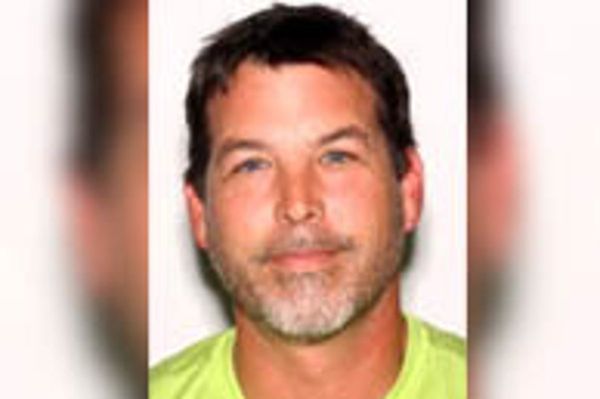
Housing experts and advocates say only a “massive” new government investment in social housing can address a critical homelessness and affordability crisis in Queensland, as the state premier announces she will lead a summit into the issue.
The premier, Annastacia Palaszczuk, said on Tuesday that a roundtable this week, followed by a summit in October, would address housing challenges brought about by population growth, delays to new construction and recent flooding.
“Nothing is more important than having a roof over your head – it’s a basic need – and the stories of people without secure housing are heartbreaking,” Palaszczuk said.
Urban planner Mark Limb, from the Queensland University of Technology, told Guardian Australia governments had been “tinkering around the edges of the market” but that “we’ve got to the point now where that’s clearly no longer doing the job”.
“There’s a human rights element, people should be able to have affordable housing. And I think the state should be providing housing,” Limb said.
“It’s the government, they need … to step up and invest the appropriate level of resources towards this issue.
“Without a doubt a large amount of money is required to start doing this. It’s certainly not outside the realms of possibility, in terms of government expenditure, to start seriously building tens of thousands [of homes] a year.”
The Queensland Council of Social Service (Qcoss) welcomed the announcement of the summit. It has been calling for 5,000 new social homes a year.
“We all agree that we need more homes built, and this can be achieved in numerous ways. We need to ensure that there’s a plan fit for purpose, that meets the demand for social and affordable housing,” the Qcoss CEO, Aimee McVeigh, said.
Governments in Australia have historically been reticent to intervene too heavily in the housing market as they seek to balance the interests of home owners and investors with those struggling with increased living costs.
Increased homelessness and a lack of affordable rental properties had developed in concert with a 33% increase to Brisbane property values over 12 months.
Palaszczuk said on Tuesday that “everything is on the table”, though appeared reluctant to consider the connection between hyperinflation in the property market and the availability of affordable housing.
Asked by Guardian Australia whether the government would consider championing policies that might ultimately result in a decrease to record property prices, Palaszczuk said: “The market determines that”.
She said greenfield developments in city-fringe areas like Springfield and Caloundra had ranges of accommodation, including more affordable options.
The state’s housing minister, Leeanne Enoch, said population growth had outpaced delivery of housing supply and that local councils needed to be part of any solution.
“We know building more social housing is only one piece of the puzzle,” Enoch said. “Better strategy from councils is also needed to make an impact.”
Limb said building more homes on the city fringe was not going to result in affordability gains elsewhere.
“This is a matter of market failure,” he said. “And we’re not going to free market our way out of the housing crisis.”
Tony Matthews, an urban and environmental planner at Griffith University, said increased homelessness was not a housing supply issue.
“There’s certainly plenty of housing stock there,” Matthews said.
“What we have are a series of bad policies and a failure to coordinate policies.
“Saying 10,000 new houses is going to fix things, that sounds compelling.
“But in reality unless those 10,000 houses are properly integrated – spatially, socially and economically – then it’s not going to change the problems that we have embedded.”







